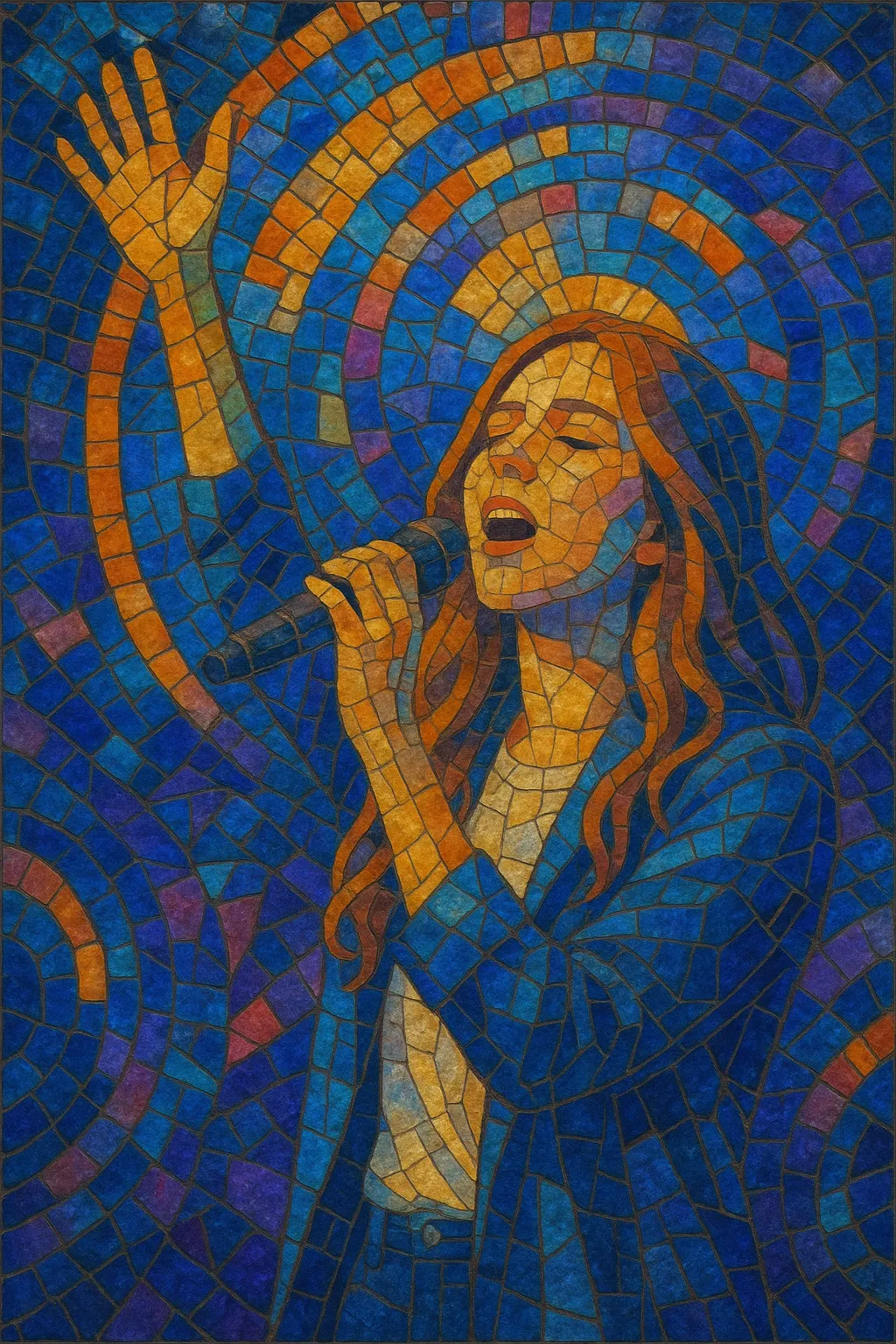
Pop worship is a strand of contemporary worship music that adopts the songwriting, production sheen, and hook-forward formats of mainstream pop. It is written for congregational singing yet packaged with radio-ready arrangements, memorable toplines, and modern electronic or pop-rock sonics.
Stylistically, it favors anthemic choruses, simple and declarative “vertical” lyrics (addressed to God), and dynamic builds designed for collective participation. Production often includes warm pads, shimmering synths, dotted‑eighth delay guitars, four‑on‑the‑floor drums or halftime grooves, and wide, reverb‑rich vocals. Tempos typically split between mid-tempo ballads and energetic, dance-leaning tracks.
The genre thrives in both church services and streaming environments, bridging the intimacy of worship with the immediacy and polish of contemporary pop.
Pop worship grows out of Contemporary Christian Music (CCM) and the praise & worship movement. In the 1990s and 2000s, worship leaders and church collectives began adopting pop-rock songwriting and arena-sized arrangements to make songs more singable and impactful for large congregations.
The Passion movement in the United States and writers like Chris Tomlin and Matt Redman normalized hook-driven worship choruses, accessible keys, and clear, Scripture-inspired lyrics. Simultaneously, Australian ministries such as Hillsong refined anthemic, stadium-ready arrangements that would shape the sound of modern worship globally.
In the 2010s, pop worship crystallized as a recognizable style. Collectives such as Hillsong UNITED, Hillsong Young & Free, Bethel Music, and Elevation Worship brought glossy pop production into congregational music: synth beds, side-chained pads, four-on-the-floor drums, and EDM-influenced builds and drops. Streaming platforms amplified reach, while multitrack stems and click/guide systems helped churches reproduce studio polish live.
The 2020s saw further hybridization with electronic pop, indie-pop textures, and occasional trap/808 elements—while keeping lyrics simple and corporate. Global translations, songwriting camps, and digital collaboration broadened the repertoire across continents. The result is a worldwide ecosystem where new pop worship songs rapidly circulate from live church recordings to radio playlists and worship setlists.

